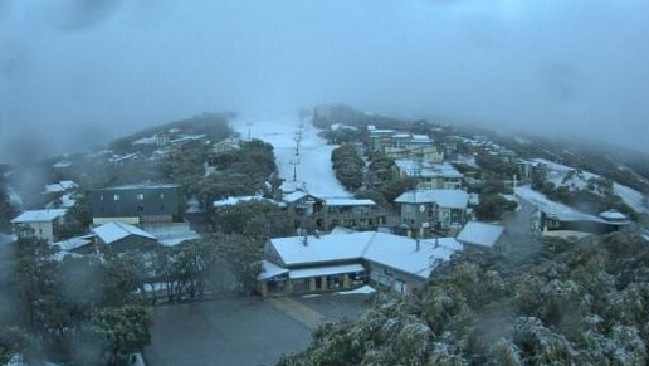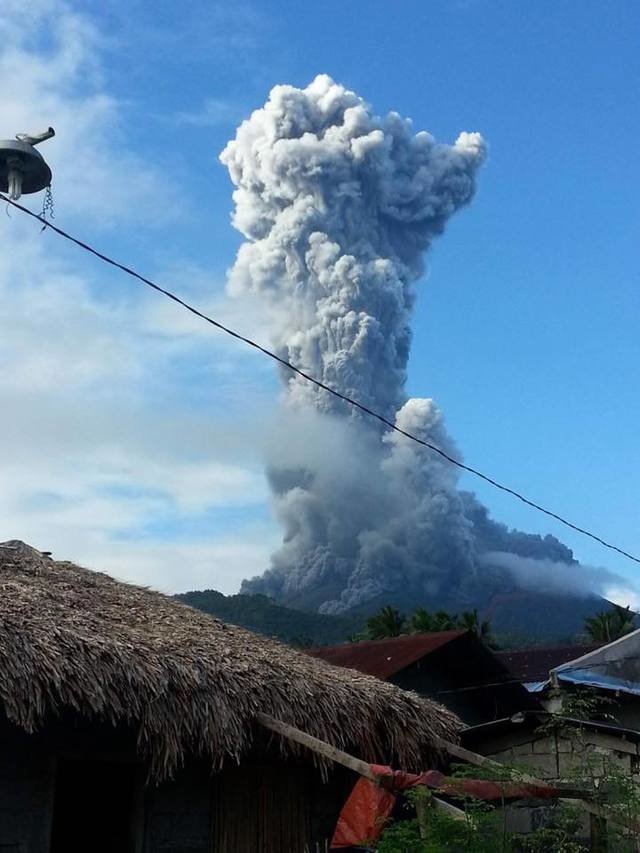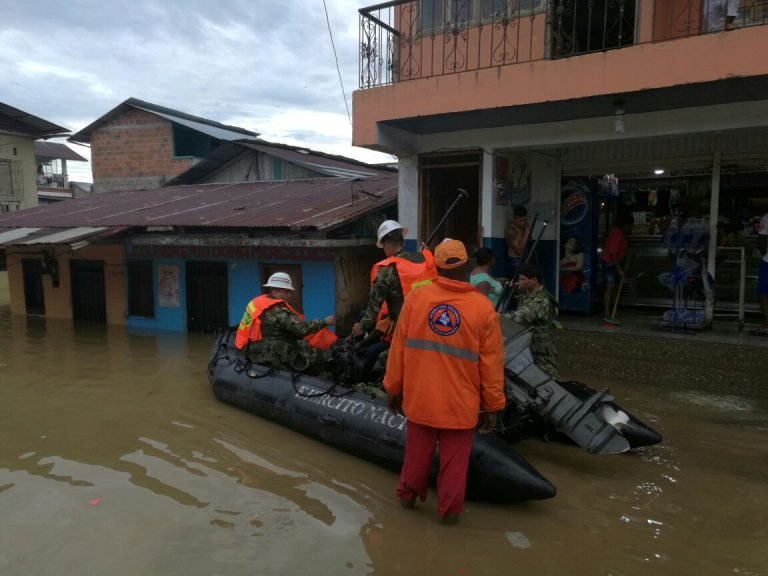
© Denver ZooThe baggy-skinned frogs absorb oxygen, and environmental contaminants through their skin.
More than 10,000 endangered frogs and other water-dwelling animals living near a lake in South America were found mysteriously dead this month, according to reports from Peru's wildlife and forestry service Serfor, leaving many people to wonder what could have caused this bizarre die-off.
The
Titicaca water frog (
Telmatobius culeus), also known as the "scrotum frog" for its loose skin, is one of the most critically endangered frogs in the world. The large, entirely aquatic frog adapted to the
high altitudes of Lake Titicaca, which flows along the border between Bolivia and Peru, by taking in oxygen through its skin folds. This evolutionary adaptation also makes the frog highly sensitive to changes in its habitat, such as environmental contamination, according to Tom Weaver, curator of reptiles and fish at the Denver Zoo.
Researchers are currently investigating the latest massive die-off, which they think may have been caused by some sort of contamination. In 2014, an algae bloom that removed oxygen from the water, killed a number of frogs and fish, Weaver said.




Comment: This attack now brings the tally for a relatively small coastal area to 7 in 21 months, see also: Shark attack on surfer off Ballina, Australia; 6th attack for the area in 21 months